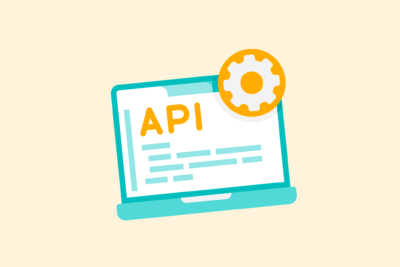Here’s how to optimize content for ChatGPT as a search engine

Where ChatGPT began as an experimental chatbot for many people, it is quickly evolving into a reliable search engine. Increasingly, users are asking their questions directly to the language model instead of googling them.
In some cases, there is no search or click involved; the answer appears immediately in the chat. For me as an SEO specialist, it’s clear: Anyone who wants to stay findable in an AI-driven world must learn to write for ChatGPT.
Why ChatGPT is increasingly being used as a search engine
ChatGPT is based on a large language model (GPT-4 or GPT-4o), which is trained on a huge amount of text and information. Users can ask questions on a variety of topics: from technical explanations to purchasing advice. Increasingly, they are using it as a replacement for a search engine.
The difference is this: ChatGPT does not provide a list of links, but directly the answer. That answer is based on what the model has learned from millions of pages, including possibly your content.
If you want your information to show up in those answers, you need to write content that aligns with how the model thinks, learns and formulates.
How ChatGPT selects content
ChatGPT doesn’t work like Google. AI does not actively crawl your website and does not consider technical SEO signals such as meta descriptions or structured data. Instead, ChatGPT looks at:
- Content consistency and completeness
- Clear language and structure
- Relevance to frequently asked questions
- Recognition from its training data or live integrations
If I write content that is clear, informative and well-structured, I increase the likelihood that that content will be reflected, either directly or via paraphrasing, in ChatGPT responses.
Getting started with SEO? Feel free to get in touch.

This is how I optimize content for ChatGPT
1. Writing in question-and-answer structure
ChatGPT is built to answer questions. Therefore, I adapt the structure of texts accordingly. I work with headings that contain real questions, such as: How does ChatGPT work as a search engine? or Why is structured data ignored by LLMs?
Within each section, I provide a clear answer first, followed by any explanation or nuance. This increases the likelihood that ChatGPT will recognize content as an immediately useful answer snippet.
2. Use natural, accessible language
Instead of technical jargon or SEO texts full of keywords, I write clearly and humanely. ChatGPT learns from text that is logically structured and easy to read. Short sentences, active phrasing and clear paragraphs make content understandable for both humans and language models.
ChatGPT recognizes specialization. If I publish multiple pages around a topic, such as a cluster on technical SEO, AI optimization or conversion-oriented writing, the model sees me as a trusted source within that domain. This increases the likelihood that your insights will be reflected in generated responses.
4. Expertise and case studies
Content that is purely informational does not work as well as content with context. Therefore, I add real-life examples, comparisons or observations. In this way, I create content that is unique and not easily generated. That increases the chances of citation, directly or via paraphrase, in ChatGPT.
5. Consistent updates and timeliness
Although ChatGPT works largely with static training data, some versions of it (such as GPT-4o with browse function) are supported by live web data. I therefore ensure that all content remains current. Stating years, incorporating updates, and including references to recent developments keeps content relevant.
What are the differences from classic SEO?
The principles of SEO remain, but I apply them differently for ChatGPT.
| Classic SEO | SEO for ChatGPT |
| Keywords central | Question- and intention-oriented writing |
| Technical optimization | Content clarity and structure |
| Click-throughs and behavior | Direct information value |
| SERP position as a goal | Mention in generated response |
That does not mean that technical SEO or backlinks become unimportant. They remain essential to Google. For ChatGPT, content quality is the all-important factor.
What does writing for ChatGPT mean for strategy?
I see the rise of ChatGPT as a search engine not as a threat, but as an expansion of the playing field. By writing content that is informative, clear and directly applicable, I increase visibility, even in the answers of AI systems.
Instead of focusing only on clicks from Google, I also work on content that is taken verbatim in generated responses. With this, I reach users directly, without the intervention of the traditional SERP.
Summary
The way people do searches is changing, and with it SEO is also changing. ChatGPT as a search engine requires a different approach to content creation: more human, more targeted and more focused on answering rather than ranking. By responding to this development now, I ensure that content remains visible wherever the user searches.
Wondering if your content is ready for ChatGPT yet? Or would you like to know how you, as an entrepreneur, make your information findable in AI answers? Feel free to send me a message. I’ll take a look with you and give you tailored advice.






